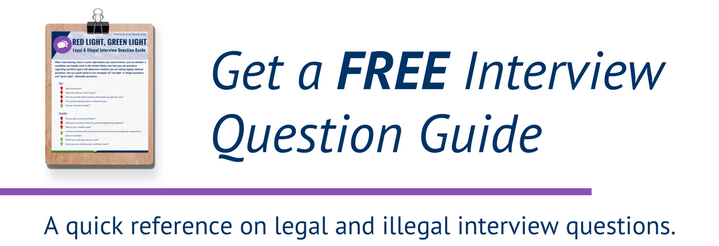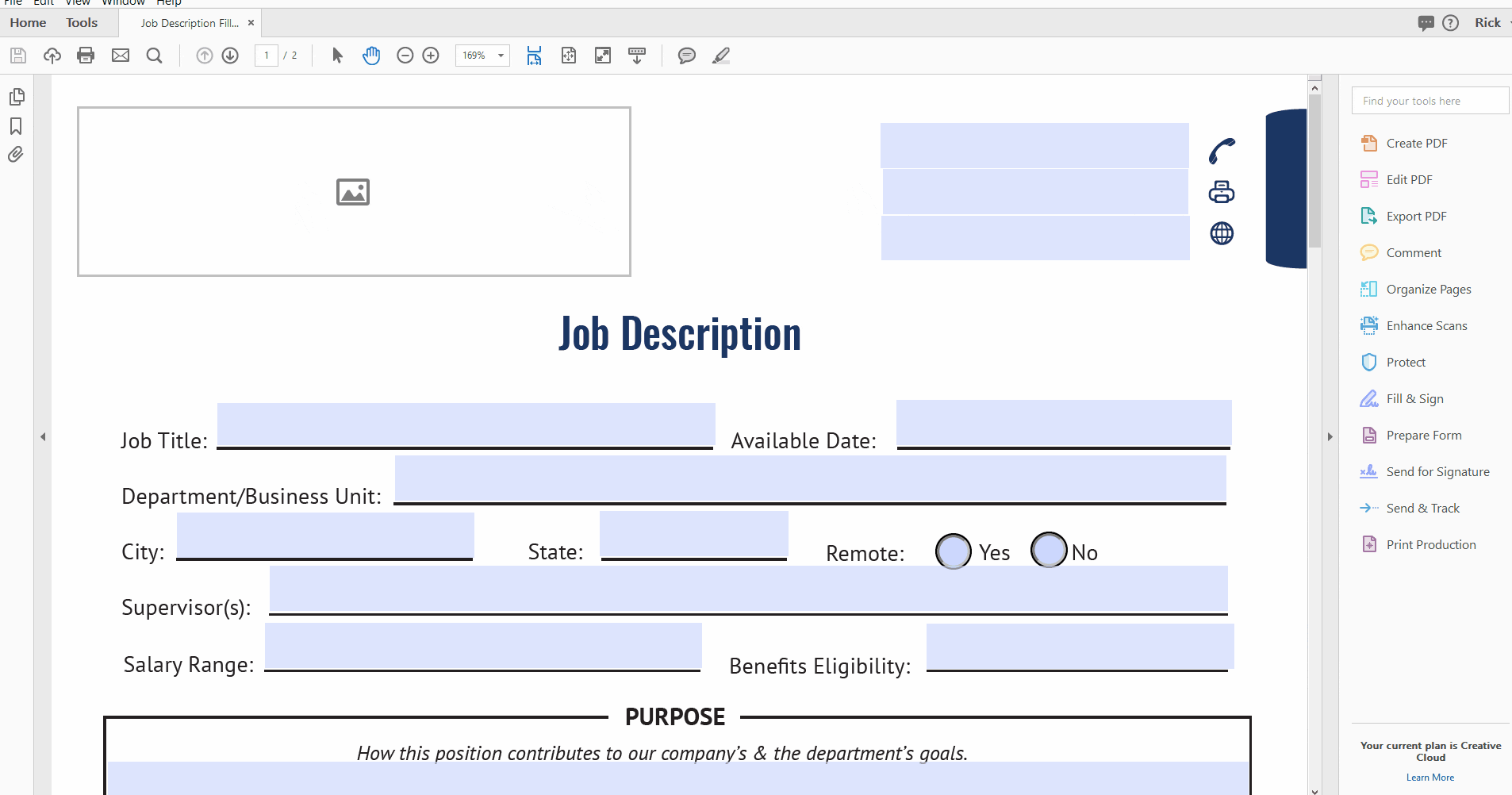Why Recruit from Within Your Company
It can be difficult to recruit and obtain quality candidates for your organization. Since the labor market is tight, you have high competition for top talent. So how can you help your organization in a tight labor market without settling?
The answer is recruiting from within. It can take two new employees to fill the shoes of one superstar employee. Your company likely already has employees, who with a little support, can rise and become superstars for your business.
By utilizing your existing talent, you’ll spend less time (aka money) training for a specialized role, reward promising employees, and likely make future recruiting easier (and cheaper) by freeing up roles lower in your organization.
Focusing your recruiting efforts on your existing employees will encourage top performers, help manage productivity, and increase HR efficiency. Your employees and your company will enjoy benefits from successful recruiting from within.
How to Recruit from Within
Effectively recruiting from within ranks doesn’t require too much change or additional investment from your business or your HR team. Follow these tips to develop or strengthen your recruiting process:
Make open positions available to all of your employees via your company intranet site or career site. Publish all job information, don’t assume current employees will understand a position more than a new hire. The job description should include: available job title, department, supervisor’s name and title, responsibilities of the job, qualifications and skills required for the position. Check out our free Fillable Job Description Form at the end of this post.

Consider offering an internal job fair to promote open positions. Depending on your company size or compartmentalization, your employees may not be familiar with all open positions, departments, etc. Help your employees better understand your company and discover how their career interests fit into the company.
Offer internal candidates the same opportunity to interview for the position as the external candidates. Treating a current employee’s application for a position the same as an outside candidate ensures the employee understands the position and that you can effectively (and fairly) evaluate them. It is a good policy to grant all internal candidates an interview with the hiring manager regardless of their current experience level or position.

Actively recruit internal candidates that have the skills necessary to fill the position. Proactively message or talk face-to-face with employees who have shown interest and/or skill in the position you are recruiting for. Even if they aren’t interested, they’ll appreciate the recognition!
During employee review sessions, discuss any opportunities for employees who possess certain strengths applicable to current open positions or upcoming open positions.
Avoid tricky conversations by creating a policy or a standard on how long someone must reside in their current position before being promoted or moved to another position. It may be a few months or an entire year, choose what’s right for your industry and business size.
Offer job shadowing programs where employees can learn the skills of others to eventually transition into a different position. It could be as simple as a “Day in the Life” program that all employees participate in and improve company culture or a longer program that can boost your career development benefits.
Offer tuition reimbursement, internal and external training and use learning management systems to further the knowledge base of your employees. Small budget? Even if you can’t reimburse thousands of dollars of traditional tuition, you can offer subsidies to help employees attend small training, networking events, or online classes to develop their skills. You can increase the benefit for more veteran employees to further encourage retention and support your recruiting from within program.
Create a policy that employees should notify their current supervisor before applying for a new internal position. The current supervisor can help HR or other hiring decision-makers get to know more about the employee and keeps everyone in the loop to a change that can affect their whole team.
Clearly communicate your company application process (along with specifics for internal candidates) and policy to your employees and be consistent in implementing the policy with all applicants.
Avoid overlooking employees in different departments for open positions. Even if it doesn’t involve a promotion, you may have employees who are a better fit for a different department’s position.
Get management on board with internal recruiting efforts. They should not feel as though this is a threat to the stability of their departments. Successful recruiting from within doesn’t take away from the company, but helps it grow employee contributions and strengthen bonds.
Provide timely and thorough feedback for all candidates; show candidates what their strengths are and where they can improve. An internal candidate may not be a good fit for the position, but you can still provide guidance to help them in their career goals at your company. When you decide to pass on an internal candidate it is very important that they clearly understand the reasons that they were not selected for the role, especially if you decide to fill that role with an external candidate.
Make recruiting from within a priority this year and help develop your employees’ and company’s success. With an effective program recruiting and retention will go hand-in-hand to improve your productivity, bottom-line, and culture.
Don’t forget to download our free Fillable Job Description Form! Looking for even more free HR and Benefits content? Check out our Resource Center or contact Austin Benefits Group today.





